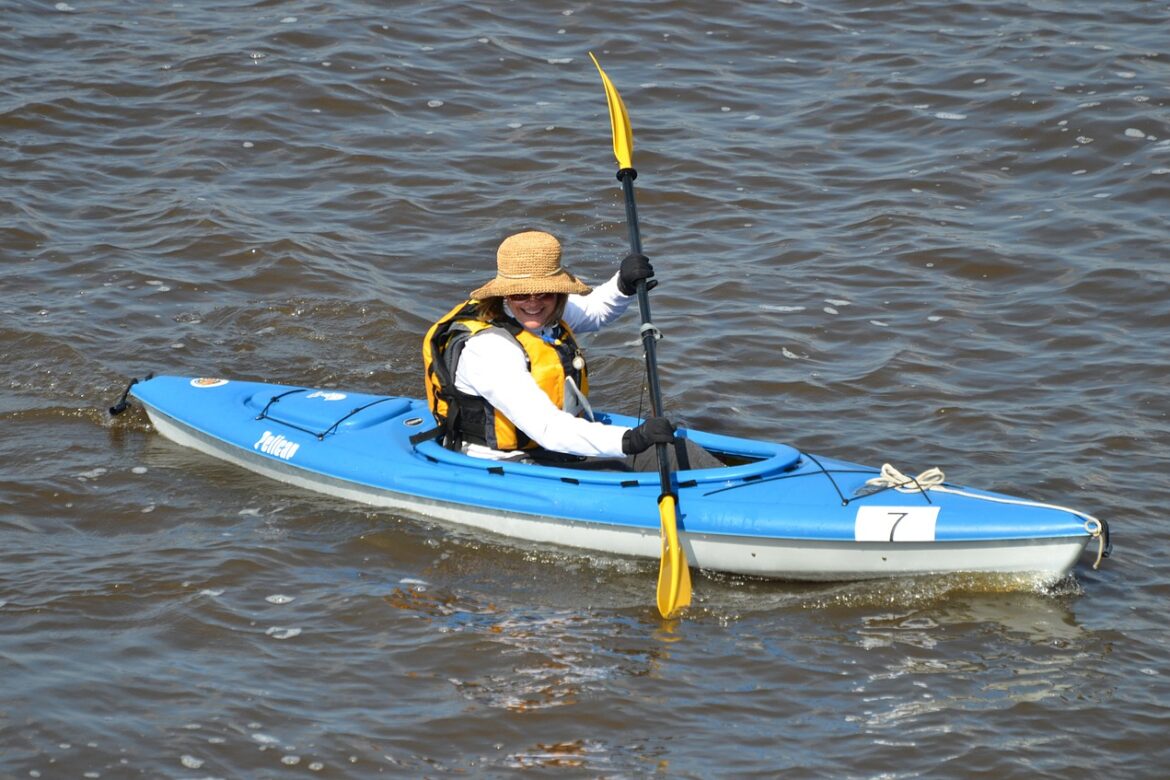How to Get Relief from Arthritis Pain
Arthritis is a common disease, with more than 50 million adults and 300,000 children affected. Arthritis is not a single disease, it encompasses more than 100 types of arthritis and related conditions. While there is no true definition of arthritis, it is a condition associated with joint pain or joint disease. Arthritis is more common in women, and the chances of developing it increase as you age. One question I get asked frequently is “how can I get relief from my arthritis pain?”
The more common symptoms include swelling, pain, stiffness, and decreased range of motion. For some, their mild to moderate symptoms wax and wane, while others may have more severe symptoms that are constant. Within my patient population, 70-80% have a diagnosis or symptoms of arthritis.
Treating Arthritis
Treating arthritis takes an individualized approach for every arthritis patient, as no two patient’s symptoms or struggles are alike. The first step when you see a Freedom PT therapist is for us to listen to your story. Not only do we want to hear about your pain and limitations, but we also want to hear your goals and how you want to live your everyday life.
After a thorough evaluation, which looks at the range of motion, strength, flexibility, joint mobility, along with watching how your body moves, a plan is developed. A unique feature about Freedom PT therapists is how our non-cookie cutter approach allows your goals to include you. Goals become attainable when you are in the driver’s seat with them. If the goal is something you care about, you are more willing to put in the work to reach it.
Developing a Program
There is no one size fits all program for arthritis. There are a few factors that can help to reduce the pain and daily symptoms. The first factor is weight. Carrying around extra weight throughout your body places more pressure on your joints, especially your hips, knees, and feet. Being a healthy weight will help prevent damage to your joints, improve your mobility, and decrease pain. You don’t need a dietician to get started when losing weight. Begin by reducing inflammatory foods, such as red meat, processed foods, saturated fat, and added salt and sugars.
Physical Activity
The next factor is physical activity. The phrase “motion is lotion” holds true for arthritis sufferers. Working with a skilled healthcare professional can help you find the exercise program that is right for you. Exercise helps keep your body flexible, strengthens the muscles surrounding the joints (taking pressure off of them), and helps to keep you at a healthy weight. While we wouldn’t suggest high-impact activities like running, skiing, or tennis, low-impact activities such as walking, swimming, cycling, and tai chi are great. A skilled Freedom PT can develop a program that fits your specific needs to allow you to move more easily again.
Heat vs Ice?
The last factor when coming up with an individualized program is the use of heat or ice to help in the recovery process. Both heat and ice can be used to relieve arthritis pain and inflammation. Many times this step is forgotten when creating a plan. Heat can help ease stiffness and relieve pain. Ice can be used to relieve joint pain, swelling, and inflammation that occurs around the joints. It is important to factor in recovery for muscles and joints after the activity so as to not flare up or cause increased soreness that may limit you in doing an activity the following days. Your therapist can help you determine whether heat, ice, or both are appropriate for you.
Regardless of the type of arthritis, you may have, our Freedom PT therapists are ready to help you get back to what you enjoy doing. Our personalized treatment plans will help get you moving, keep you moving, and enjoying more pain and symptoms free days.

